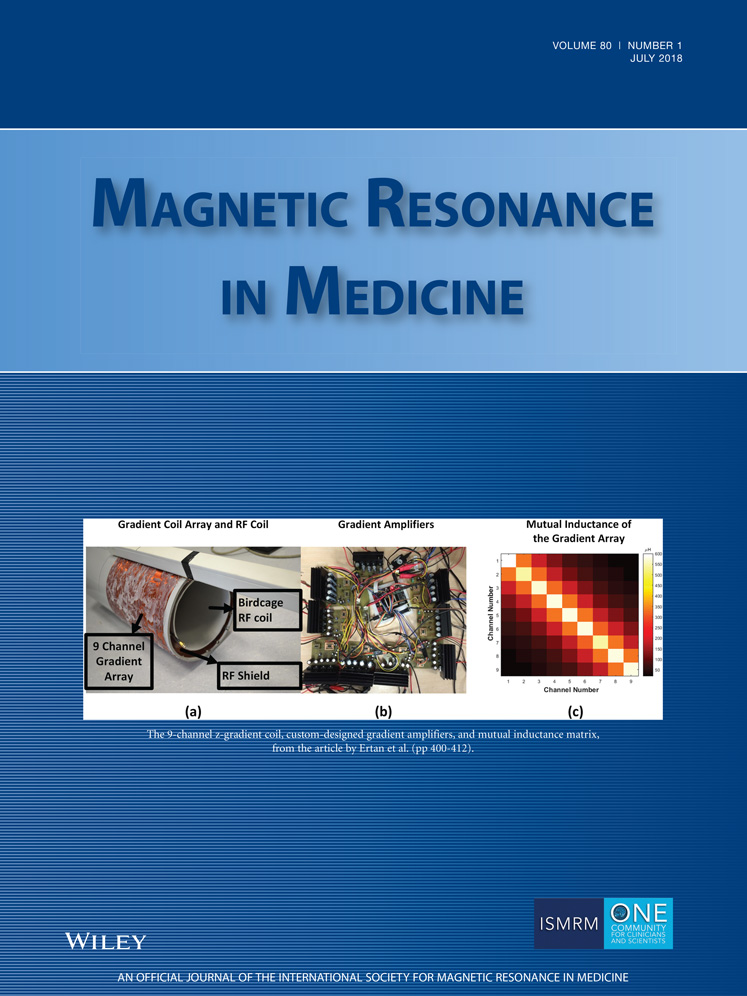Frequency and phase correction for multiplexed edited MRS of GABA and glutathione
This work was supported by NIH grants R01 EB016089, R01 EB023963, R01 MH106564, R01 NS096207, P41 EB015909, and R01 ES0277224.
N.A.J.P. receives salary support from NIH grant K99 MH107719. I.D.W. acknowledges support from the Wellcome Trust and NIHR Sheffield Biomedical Research Centre.
Abstract
Purpose
Detection of endogenous metabolites using multiplexed editing substantially improves the efficiency of edited magnetic resonance spectroscopy. Multiplexed editing (i.e., performing more than one edited experiment in a single acquisition) requires a tailored, robust approach for correction of frequency and phase offsets. Here, a novel method for frequency and phase correction (FPC) based on spectral registration is presented and compared against previously presented approaches.
Methods
One simulated dataset and 40 γ-aminobutyric acid-/glutathione-edited HERMES datasets acquired in vivo at three imaging centers were used to test four FPC approaches: no correction; spectral registration; spectral registration with post hoc choline-creatine alignment; and multistep FPC. The performance of each routine for the simulated dataset was assessed by comparing the estimated frequency/phase offsets against the known values, whereas the performance for the in vivo data was assessed quantitatively by calculation of an alignment quality metric based on choline subtraction artifacts.
Results
The multistep FPC approach returned corrections that were closest to the true values for the simulated dataset. Alignment quality scores were on average worst for no correction, and best for multistep FPC in both the γ-aminobutyric acid- and glutathione-edited spectra in the in vivo data.
Conclusions
Multistep FPC results in improved correction of frequency/phase errors in multiplexed γ-aminobutyric acid-/glutathione-edited magnetic resonance spectroscopy experiments. The optimal FPC strategy is experiment-specific, and may even be dataset-specific. Magn Reson Med 80:21–28, 2018. © 2017 International Society for Magnetic Resonance in Medicine.




